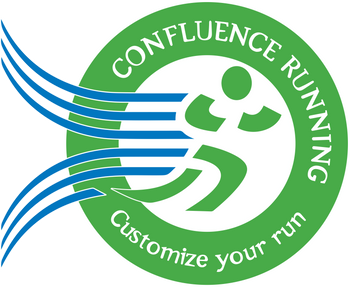Boost Stamina and Strength with These Performance and Endurance Training Methods
The Science of Overload: Achieving Fitness Goals While Preventing Overtraining
Progressive overload is the foundation of effective fitness training, emphasizing gradual increases in workout intensity, duration, type, or frequency to drive adaptations like improved strength, endurance, and muscle size. This method relies on balancing stress with recovery phases, where your body repairs and grows stronger. Key components include the workout phase, which provides the initial stimulus; the recovery phase, where rest, nutrition, and light activities help your body heal; and the supercompensation phase, where fitness levels surpass their starting point. Without consistent application, detraining can occur, leading to a loss of fitness gains.
Overtraining, on the other hand, arises when rest periods are insufficient, pushing your body into cumulative fatigue or mental burnout. In Phase 1, overtraining can sometimes be used strategically, such as in "crash weeks," to encourage significant adaptation. However, prolonged overtraining leads to Phase 2, where recovery fails, performance plateaus, and motivation diminishes. By mastering progressive overload and recovery strategies, you can optimize your fitness journey, avoid overtraining, and achieve sustainable results.



